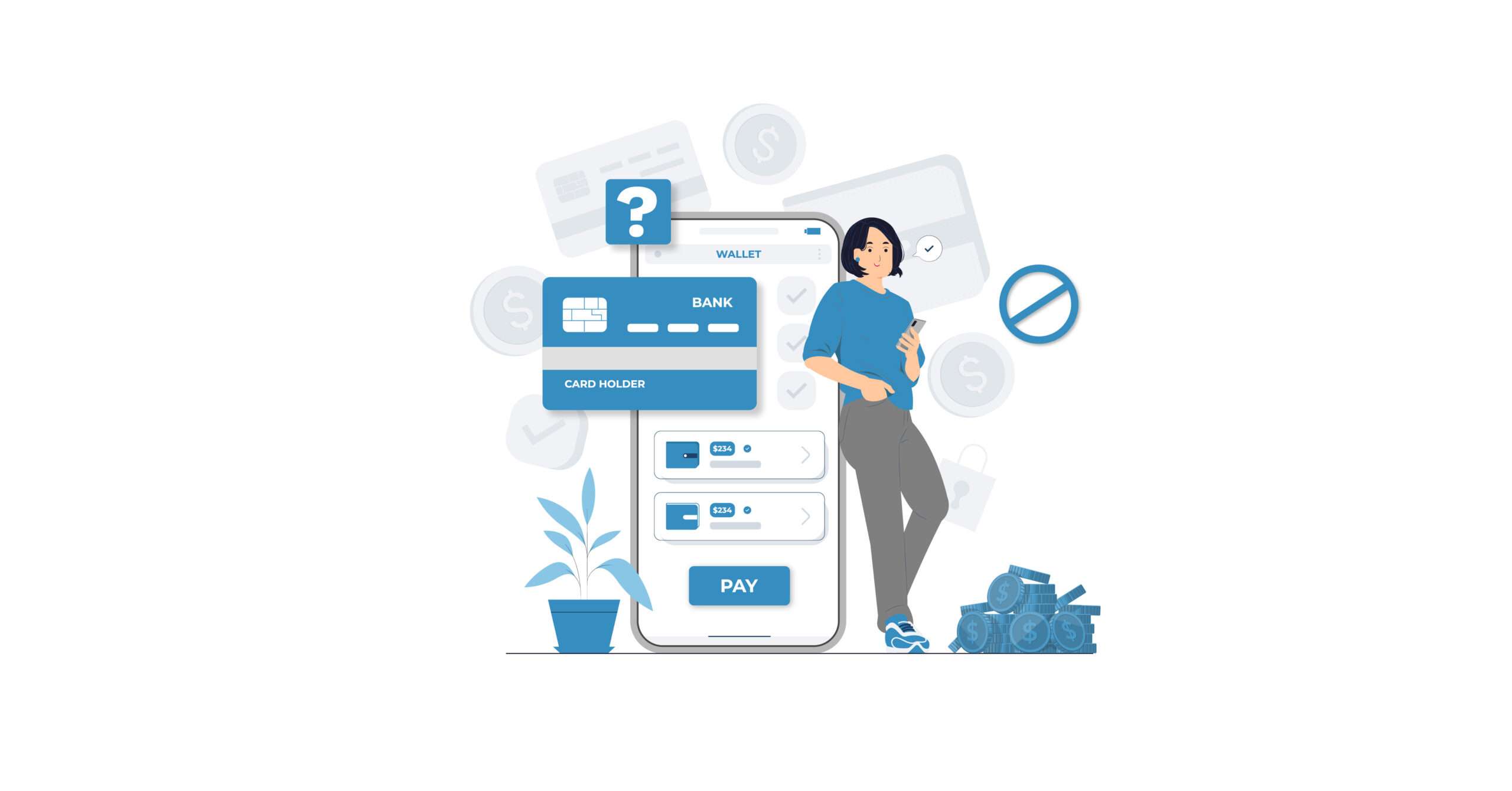Late payments are a common occurrence for many companies, whether it’s due to occasional delays or a sudden change in payment behavior by long-standing customers. When an invoice remains unpaid for 30, 60, or 90 days, the immediate concern for accounts receivable is how to recover the outstanding amount. However, it’s equally important to understand the underlying reasons for the delay.
This information isn’t just relevant to the AR team, but also to other departments such as sales, customer experience, and fulfillment. By collaborating and sharing insights, the organization can take appropriate action to resolve the issue, collect payments quickly, and maintain positive customer relationships.
Why your customers are not paying you on time?
 Late or non-payment by a customer is often not solely attributed to cash flow issues. There could be underlying factors that impact the best approach for managing the situation. Identifying these factors provides valuable context and insights and highlights the need for internal process adjustments that may be negatively affecting collections. For example:
Late or non-payment by a customer is often not solely attributed to cash flow issues. There could be underlying factors that impact the best approach for managing the situation. Identifying these factors provides valuable context and insights and highlights the need for internal process adjustments that may be negatively affecting collections. For example:
Scenario 1:
Selling to financially unstable prospects, who may have been targeted by marketing campaigns or sales reps to boost sales, highlights the need for a more rigorous pre-sale process for assessing creditworthiness. Sales requirements may be relaxed, such as extending payment periods, in order to incentivize customers to finalize the deal. However, such practices could be detrimental and may need to be reevaluated to avoid selling to customers who may be unable to pay.
Scenario 2:
A customer who was previously financially stable may encounter difficulties later on due to a variety of factors, including economic downturns, reputational damage, changes in market trends, or unexpected events like a pandemic. While they may have been creditworthy at the time of onboarding, it’s crucial to regularly check in with customers to identify any potential red flags before they become larger issues. Incorporating routine check-ins into the relationship management process can help identify early warning signs and prevent customers from becoming overextended.
Scenario 3:
Some customers may adopt a slow-paying business model as they try to effectively manage and predict their cash flow. In such cases, it may be beneficial to adjust their payment terms or offer them incentives, such as a larger discount for early payment, to encourage timely payment.
Scenario 4:
Late payments can sometimes be attributed to an unorganized customer who may be overlooking payment details. In such cases, providing additional payment reminders through email or phone calls may help to ensure prompt payment.
Scenario 5:
Customers may refuse to pay an incorrect invoice. If this issue occurs repeatedly, it may indicate a problem with your invoicing process that needs to be addressed and fixed.
Scenario 6:
Streamlining the payment process can remove barriers to payment and improve efficiency for customers. Consider offering automatic payments to eliminate the need for customers to manually initiate payments. Additionally, accepting multiple payment types, including various cards, can make the process more convenient for customers. A confusing or complicated payment process can create stumbling blocks and significantly slow down the payment process, so it’s important to ensure a smooth and user-friendly payment process.
Scenario 7:
Security concerns are paramount for both your customers and your business. To ensure the payment process is professional and secure, review it from an external perspective. Customers may feel wary of a checkout screen or process that appears unsecured, potentially putting their information at risk. It’s crucial to make sure that the payment process is secure and appears trustworthy, and that customer information is stored in compliance with PCI standards. This reassures customers that their information is being protected. It’s also important to protect your business from financially unstable companies, scammers, and criminal individuals. In addition to reviewing pre-sale processes, only collect authorized payments to prevent chargebacks. Chargebacks occur when customers cancel payments through their bank, which can lead to fees and reduced cash flow for your business. Review chargeback prevention measures and consider implementing 3D Secure for added security. These steps will help ensure that your hard-earned money remains with your business and reduce the headache and fees associated with fighting with the bank over chargebacks.
Scenario 8:
If customers are dissatisfied with your product due to problems or defects, they may be less motivated to make timely payments. If this is a recurring issue, it may be necessary to review and improve your manufacturing, packing, or shipping processes.
Scenario 9:
When a customer decides not to renew their contract, they may stop making payments. To avoid this scenario, it’s important to ensure that your collections team is aware of any potential churn and takes appropriate action to recover outstanding payments.
10 ways to get customers to pay on time.

Now that we’ve discussed the reasons why customers may not pay on time, let’s explore steps you can take to accelerate payment. According to American Express, the following measures can be effective.
-
Invoice promptly to help increase your cash flow:
Sending out invoices promptly is crucial to maintaining healthy cash flow in your business. The sooner you invoice your customers, the sooner you can receive payment. Delaying your invoicing can lead to late payments and even missed payments, which can negatively impact your cash flow.
-
Avoid outstanding invoice disputes with estimates:
To avoid disputes over outstanding invoices, it’s important to provide detailed estimates to your clients before commencing work. This will help to ensure that both you and your client are on the same page regarding the scope of work, deadlines, and pricing.
-
Leave nothing to doubt:
Communication is key when it comes to ensuring prompt payment from customers. Make sure that you have provided your customers with all the necessary information they need to make a payment, including your billing address, payment terms, and due dates. Leaving nothing to doubt will help to avoid confusion and misunderstandings that could lead to late payments.
-
Create clear and consistent payment terms:
Clear and consistent payment terms can help to avoid confusion and misunderstandings about when payment is due. Be sure to clearly state your payment terms on all invoices and contracts, including due dates, late payment fees, and accepted payment methods.
-
Get creative with payment terms and your billing schedule:
If your customers are struggling to make payments, it may be worth considering alternative payment terms or billing schedules. This could include offering extended payment plans, recurring billing, or customized payment plans to suit the needs of your customers.
-
Offer multiple payment options:
Offering multiple payment options can make it easier for your customers to pay you. This could include accepting payments via credit card, bank transfer, PayPal, or other electronic payment methods. The more payment options you offer, the more likely it is that your customers will be able to find a method that works for them.
-
Follow a consistent nonpayment process for follow-up:
Having a consistent nonpayment process for follow-up can help to ensure that you are taking the necessary steps to collect unpaid invoices. This could include sending out reminders, making phone calls, and following up with letters of demand or legal action if necessary.
-
Leverage your products and services when necessary:
If you have outstanding invoices that are difficult to collect, you may want to consider leveraging your products and services to encourage payment. This could include offering discounts on future services, withholding further services until payment is received, or offering payment plans to make it easier for customers to pay.
-
Know when to hire a debt collection agency:
If all else fails, it may be necessary to hire a debt collection agency to collect unpaid invoices. Debt collection agencies are experts in collecting outstanding debts and can often help to recover funds that you may not be able to collect on your own.
-
Manage your client relationship:
Building strong relationships with your clients can help to encourage prompt payment and improve your overall cash flow. This includes regular communication, being responsive to their needs, and delivering high-quality products and services. By maintaining a positive relationship with your clients, you can establish trust and reliability, which will not only improve your cash flow but also generate repeat business and referrals.
Improving collections through enhanced accuracy and connectivity
If your finance department is struggling to keep up with spreadsheets and implementing the recommended steps to improve collections, digital finance tools could be the solution. Accounts Receivable automation can automate invoicing and dunning and improve AR data visibility across your organization. Schedule a demo today to learn more about how AR Essentials can help.




